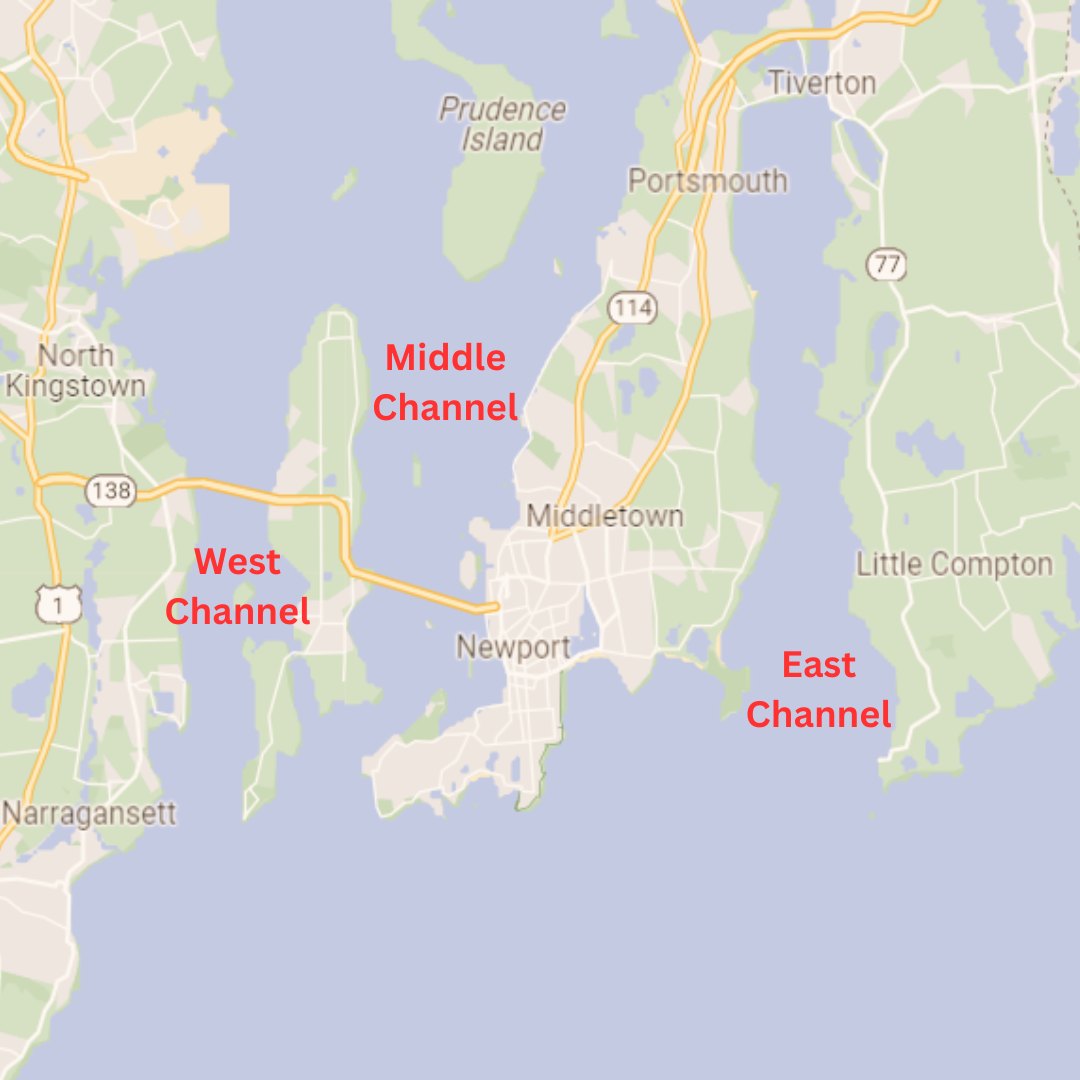As the Americans prepare to retake the city of Newport with their French ally they watch as a series of unexpected changes throw their plan into disarray.
22 minutes | 1778
Hear About:
📜The destruction that ensues when the French fleet arrives in Narragansett Bay.
📜How The Battle of Rhode Island could've ended the war if it had gone as the French & Americans had planned.
📜The unforeseen circumstances that completely changed how The Battle of Rhode Island would unfold.

Mary Almy
In a time when women were expected to be subservient to their husbands, Mary Almy was a woman who was not afraid to share her views. We'll watch the French & American alliance unfold from her point of view.
Photo credit: https://en.wikipedia.org/wiki/Mary_Gould_Almy#/media/File:Edward_Greene_Malbone_-_Mary_Gould_Almy_-_Google_Art_Project.jpg
Charles Hector Théodat, Comte d'Estaing
At first, when Admiral d'Estaing arrives in Narragansett Bay he'll be greeted as if he's a hero. However, after just a few weeks he'll find himself in a fued with the American officers after he unexpectedly decides to leave for Boston in August. .
Hessian Soldiers
Do you ever wonder why the German soldiers are call Hessians? It's because most, although not all, of the men hailed from one of Germany's Hessian states. In fact, over 50% of all of the German soldiers who fought in the Revolutionary War hailed from Hessen-Kassel specifically.
Photo source: https://en.wikipedia.org/wiki/File:Hessian_jager.jpg

Channels of Narragansett Bay
During the end of July 1778, French Admiral d'Estaing easily maneuvered his ships throughout the West, Middle, and East Channels of Narragansett Bay. This not only proved that he had complete control of the Bay but also forced the British to destroy numerous ships to prevent their supplies from being stolen by the French.

Homes States of the German Soldiers who fought in the Revolutionary War
The reason why the German soldiers were often called "Hessians" is because most of them hailed from one of Germany's Hessian states. The biggest contributor to the war was Hessen-Kassel.
Picture credit: The Hessian Occupation of Newport and Rhode Island 1776 - 1779 by Walter K. Schroder
-1.png?width=1080&height=924&name=August%2010th%201778%20-%20The%20Day%20the%20Redwood%20Library%20was%20struck%20with%20a%20cannonball%20(1)-1.png)
One of the cannon balls fired by the French into Newport struck the Redwood Library
While French Admiral d'Estaing was rearranging his ship sin Narragansett Bay, one of their ships fired a cannon at the British enemy in Newport. One of those cannon balls flew over Mary Almy's boarding house on Thames Street and struck the Redwood Library.
.png?width=1080&height=1080&name=West%20Channel%20(1).png)
The Number of Naval Losses the British Suffered When the French Entered Narragansett Bay.
In his book "The Rhode Island Campaign", historian Christian McBurney notes how "when the French squadron forced its way into Narragansett Bay, the British burned or sank five of their own 32- and 28-gun frigates, two 14-gun sloops, and three armed galleys in order to prevent their capture. This loss of warships was the British navy's most substantial of any campaign in the entire war".
- Rhode Island's Founders: From Settlement to Statehood by Patrick T. Conley
- Rhode Island: A History by William G. McLoughlin
- Colonial Rhode Island: A History by Sydney V. James
- Washington's General: Nathanael Greene and the Triumph of the American Revolution by Terry Golway
- The Rhode Island Campaign: The First French and American Operation in the Revolutionary War by Christian M. McBurney
- Washington's General: Nathanael Greene and the Triumph of the American Revolution by Terry Golway
- The Hessian Occupation of Newport and Rhode Island 1776 - 1779 by Walter K. Schroder
- Mary Gould Almy's Journal, 1778: During the Siege At Newport, Rhode Island, 29 July to 24 August 1778 by Mary Gould Almy
- The Glorious Cause by Robert Middlekauff